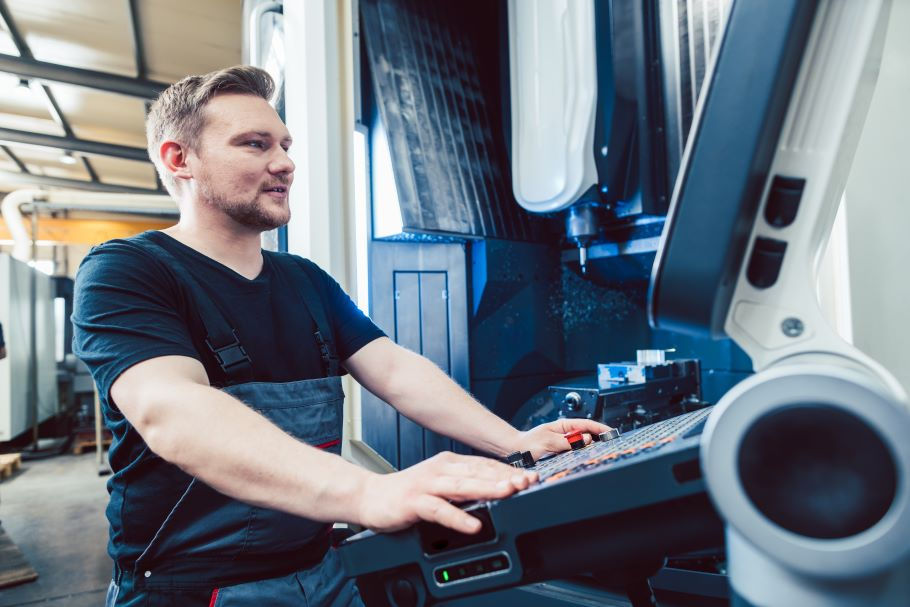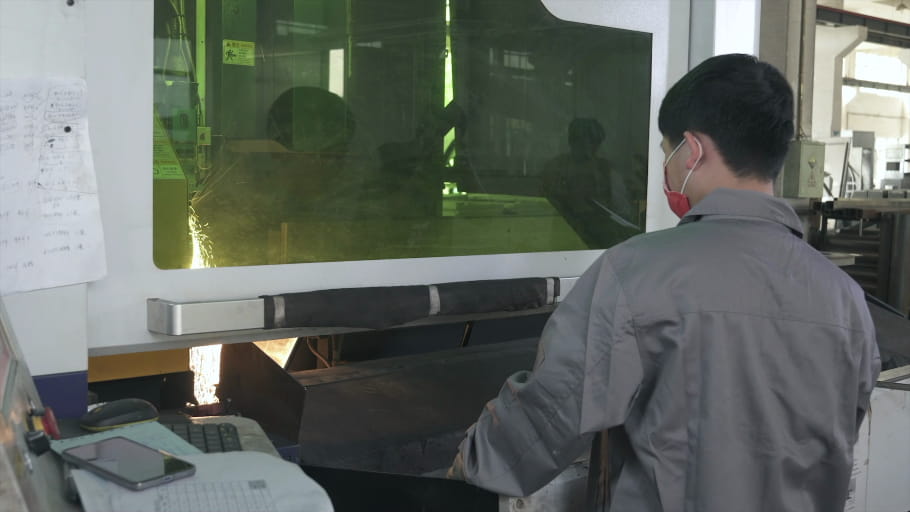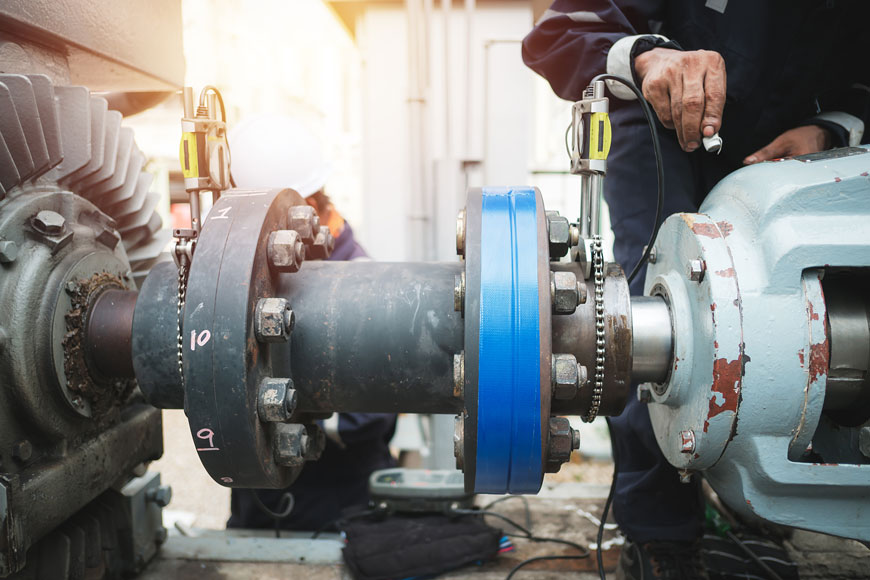Machinists are skilled, detail-oriented, precision workers who manufacture and finish parts and products for a variety of sectors and industries.
What is a machinist?
Machinists make parts and products by precisely shaping metal and other materials with lathes, milling machines, grinders and drills to create a final, smooth, polished product. Machining is an important part of the metal manufacturing process, and usually the last stage of production. Metal parts and products are generally machined smooth after being forged or cast at a foundry to save time, reduce costs, and eliminate material waste, although unique, one-off items are sometimes machined from scratch. Machinists also make replacement parts or repair parts for existing machinery based on existing blueprints.
Machining became a recognized profession during the industrial revolution, when large-scale, machine-powered factory manufacturing first took off. The work of machinists was critical during both the first and second world wars when large numbers of planes, tanks and guns needed to be manufactured rapidly.
Machinists need to know how to:
- Read blueprints
- Measure and prepare materials
- Work with a variety of metals and understand their unique properties
- Operate manual and computer numerically controlled (CNC) tools
- Shape parts and products to required specifications
- Trouble shoot problems
- Smoothly finish surfaces on parts and products
- Assess finished products for defects
- Meet deadlines
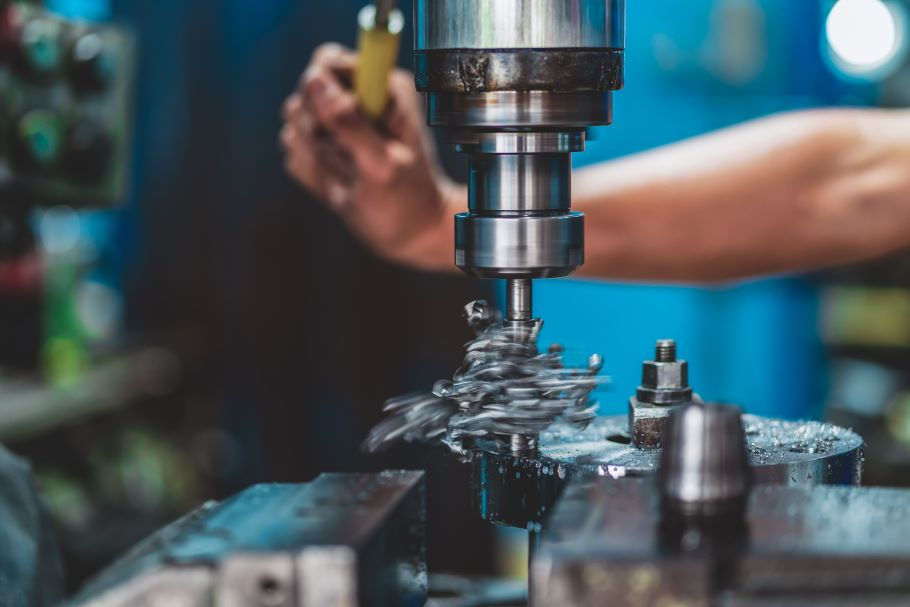
How much does a machinist make?
The latest available data on wages for machinists is from the U.S. Bureau of Labour Statistics:
Average and median wages
- The national median wage for machinists was $45,840 per year ($22.04 per hour) in 2020.
- The national average wage was $47,800.
- Alaska, Maryland, Delaware, Massachusetts, and Wyoming are the top paying states for machinists, with Alaska’s average wage being $64720 and Wyoming’s $56,370.
- South Carolina, South Dakota, Wisconsin, Iowa, and Mississippi are the lowest paying states. Mississippi’s average machinist earns $43,140 per year. South Carolina’s average machinist makes $40,320.
Wage ranges
- Machinists in the top 90th percentile earned $69,050 per year ($33.20 per hour) while those in the bottom 10th percentile earned $29,240 ($14.06 per hour).
- In 2020, median wages for machinists were higher in transportation equipment manufacturing than in other industry sectors
Job opportunities
- Nationally there were 360,340 machinists working for employers in 2020. (Self-employed individuals are not counted in the totals.)
- Indiana has the most machinists. There are 6 machinist positions for every 1000 jobs.
- The state with the fewest machinists is Hawaii, with 4.8 machinists in 10,000. Due to small size there’s a lack of information on the wages for these machinists. Alaska, the top paying state, has the third fewest density of machinists in the workforce with 5.2 machinists per 10,000.
- Rockford, IL has the most machinists as a percentage of the workforce with 19 for every 1000 – a total of 2630! Fiat Chrysler and Collins Aerospace are major employers in the area.
- Las Vegas, NV is the classified metro with the fewest machinists. Only 250 are listed with 2.7 machinists for every 10,000 jobs. However, the OES data on Washington, DC makes it a worse metro to find a machinist job. There are only 1.2 machinists in every 10,000 jobs: a total of 80 altogether.
What does a machinist do?
Machinists create custom tools and new or pattern machine replacement parts by drilling, shaping, filing, and grinding metal to create smooth, polished pieces. Machinists make everything from simple screws to more complex hydraulic machinery and automobile parts. Often, machinists are asked to make unique parts for machine repair and replacement projects. Machinists work in a variety of industries and sectors, including transportation, aerospace, and metal and plastics manufacturing.
Machinists operate lathes, milling machines, grinders and drilling machines in their work. Historically, machinists worked strictly with manually operated machines and tools, but today machinists must be able to operate both hand and computer-controlled machines. Computer numerically controlled (CNC) machines cut parts out of material along a path pre-programmed by a machinist, working to specifications from a blueprint, computer-aided design (CAD) drawing or computer-aided manufacturing (CAM) file. Because their work is so detailed, machinists must also be able to verify that their products meet specifications with precision measuring tools. Machining is usually the final step in creating a ready-to-ship product.
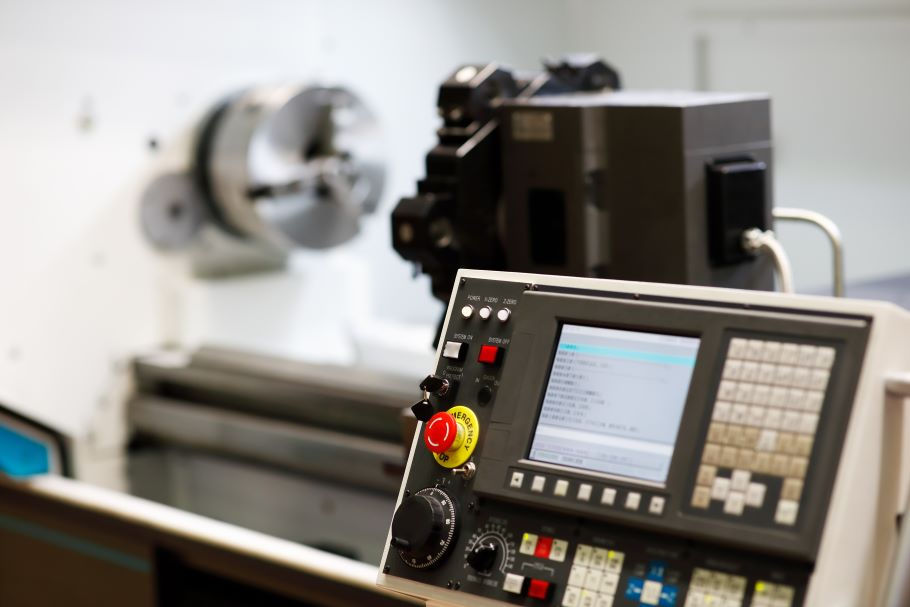
How can I become a machinist?
Becoming a machinist requires a combination of training and hands-on experience. Machinists usually have at least a high school diploma and often attend a training program at a trades or technical school followed by an industry apprenticeship, which can last up to four years. High school students can prepare for a career as a machinist by focusing on mathematics, metalworking, and computer science. Technical machining programs at vocational schools and colleges typically take about one year to complete. Other machinists are trained through on-the-job apprenticeships. Machinist training will generally cover skills in math, programming, problem-solving, metalworking, and drafting basic programming and the ability to read blueprints.
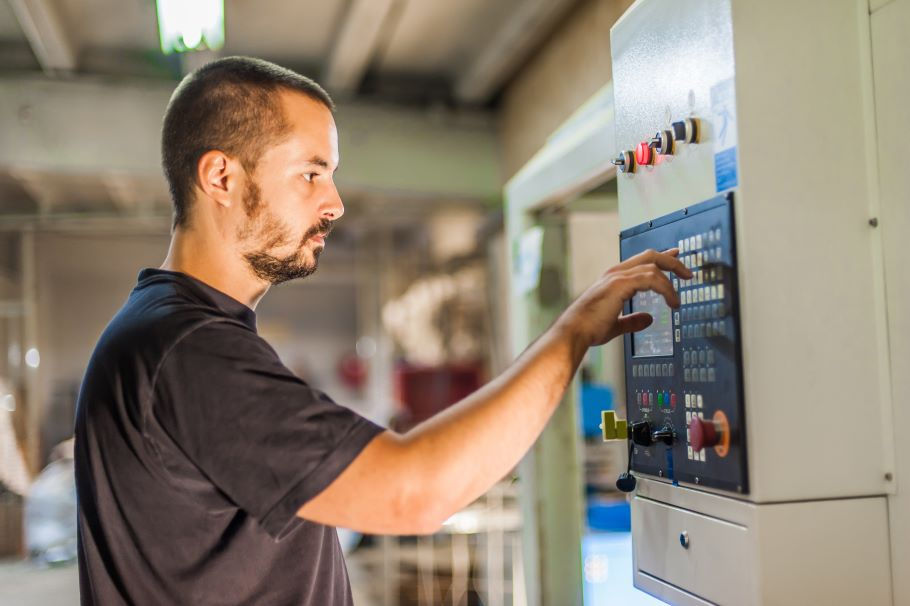
What personal qualities do machinists need?
A career as a machinist might be perfect for you if you love to create things, have general mechanical ability, dexterity, and a keen eye for detail, can be adaptable, and are a good problem solver. Machinists need to bring a high degree of detail, accuracy, and precision to their work, and a good machinist will also take pride in their craft and have good time management skills. Good organizational abilities are key to meeting production goals and deadlines. Machinists also require a high degree of physical stamina, as they must be able to stand for long hours while performing repetitive motions.
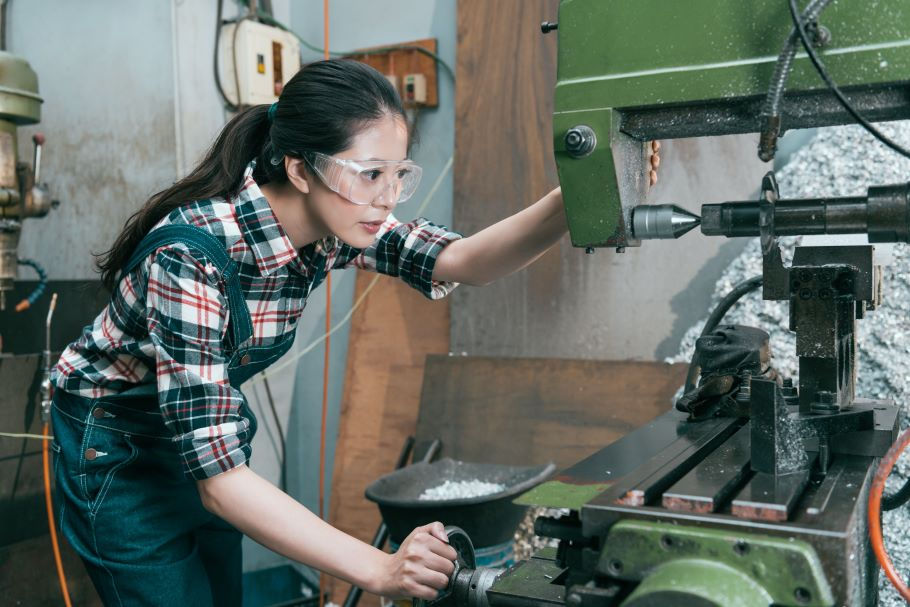
The future of machining in the U.S.
Many machinists currently working in the field are expected to retire in the next ten years, with 47,500 openings projected between 2020 and 2030. Because technology is always changing, new machinists entering the field should be prepared to learn to operate increasingly sophisticated machines and tools as engineers continue to invent new technologies for cutting, shaping and finishing metals and plastics. Continued advances in production technology will machining an excellent choice for anyone looking for a career that offers a continuous learning pathway.
